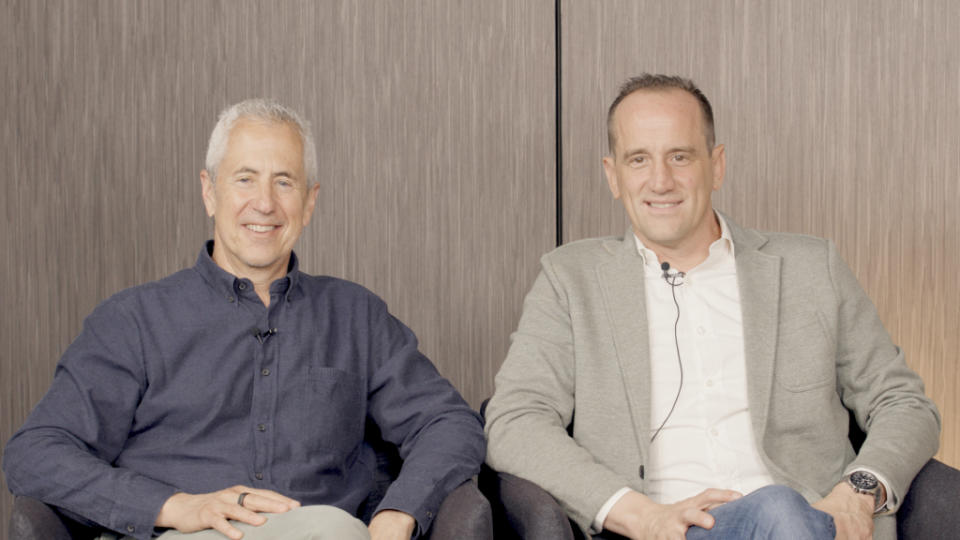Shake Shack’s ex-CEO says his successor nabbed the corner office job because of a sought-after skill many don’t put on their résumé
For decades, Fortune has been the preeminent source of what matters to CEOs, offering corner office occupants foresight on what’s ahead and revealing how chief executives position their companies to thrive despite new and complex pressures.
As the CEO role morphs to become ever-more expansive and nuanced, the requisite skills and competencies for the next generation of chief executives will ostensibly and commensurably change. Recognizing this, Fortune today is launching Next to Lead, a newsletter and broader editorial effort to uncover what it takes to make it to the corner office and spotlight the future leaders of America’s largest corporations.
There is much to be learned from those who have sat in that very seat. Last month, I had a wide-ranging conversation with Danny Meyer, founder and executive chairman of the Union Square Hospitality Group, which owns the fast-casual burger chain Shake Shack, and its recently departed CEO Randy Garutti, who’s since been replaced by Rob Lynch, the former CEO of Papa John’s.

Though Union Square has no immediate plans to add pizza to Shake Shack’s menu, Meyer and Garutti said they selected Lynch from a deep bench of strong contenders—like Lori George, previously Coca-Cola’s chief DEI officer, and Chuck Chapman, formerly a COO at Panera Bread—because an “enormously outsized proportion” of his direct reports went on to become highly effective executives themselves.
“A real way to see a great leader is to see their followers,” said Garutti. “It was really easy to find out who were the people who had once reported to Rob and who had then gone on to have really successful careers as leaders. And you see his thumbprints all over.”
Meyer, the visionary behind Shake Shack, said he sought a CEO successor who could authentically build trust with employees and incentivize them to come along for the ride. That’s easier said than done, he noted, because many employees operate as managers and are tasked with maintaining the status quo; they ensure compliance and keep problems at bay. “Really good leadership is taking you to a place that could be kind of scary because you've never been there before. That's very different than managing,” Meyer told me.
While management can be useful, he acknowledged, it's far too easy to fall into its complacency trap of “let's try to tame the ocean of its waves because it's a little rough out there.”
“What leadership does,” Meyer said, “is it teaches you how to surf and distinguish yourself because you didn't get knocked off your surfboard when everybody else did.”
Ruth Umoh
ruth.umoh@fortune.com
This story was originally featured on Fortune.com

 Yahoo Finance
Yahoo Finance 